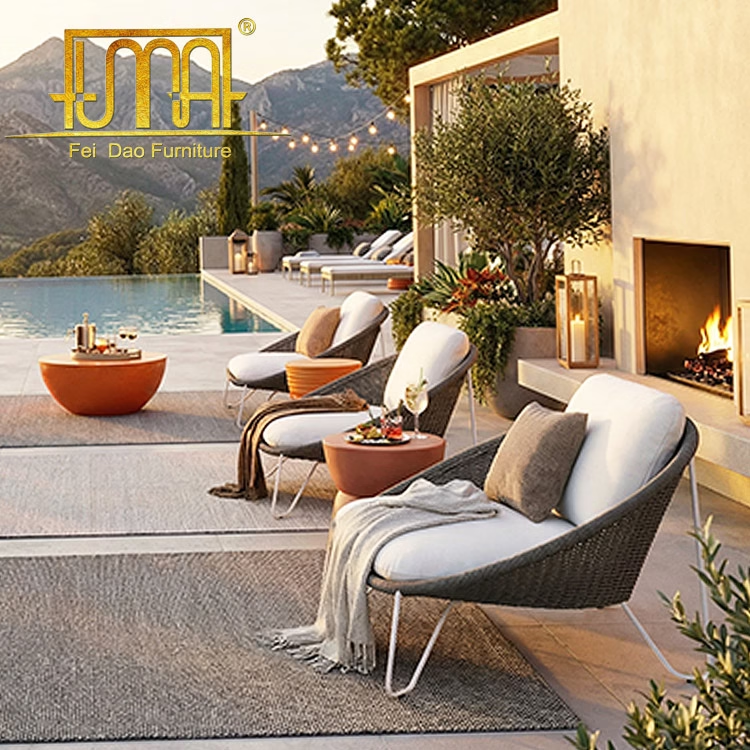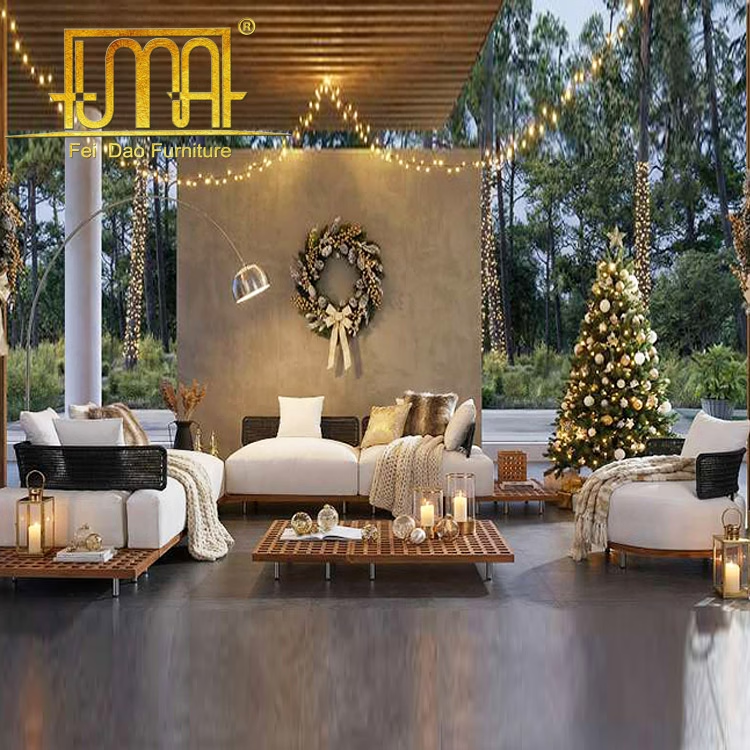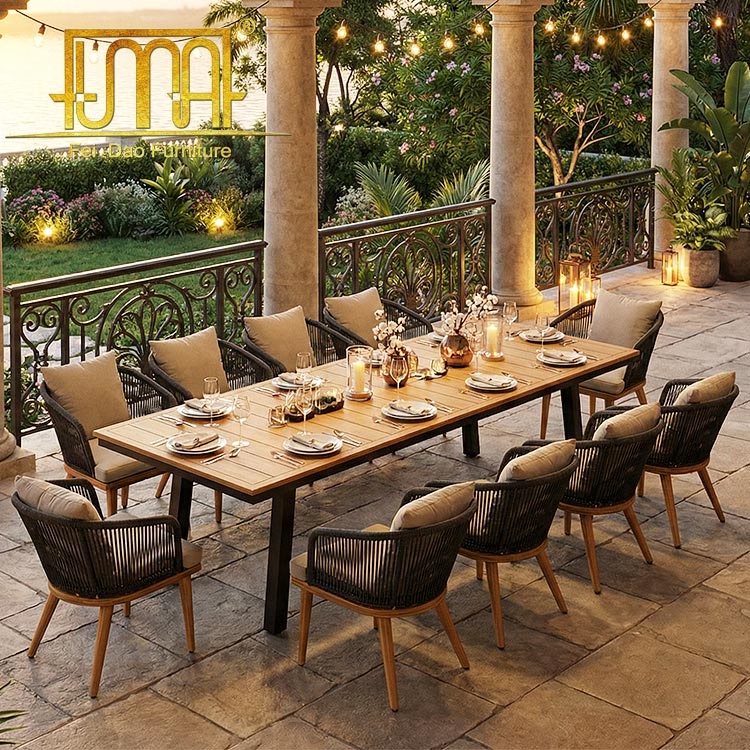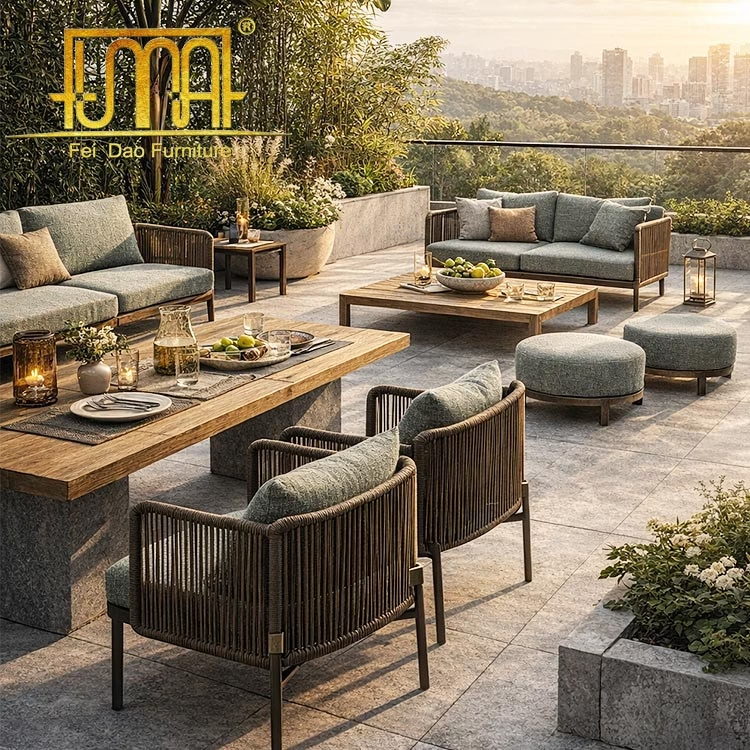Woven Furniture – Types & Techniques
Woven furniture comes in many styles and is made from many different materials. Telling them apart can often be confusing, but it’s essential to know the difference, particularly if you’re looking for furniture that’s suitable for the outdoors. Our list below details the different types and techniques used to make them.
Woven – Category

A broad term used to describe furniture constructed from weaving natural or synthetic materials to form a fabric-like structure. Wicker, webbing, rush & straw are also classed as weave.
Synonyms: Cane, Wicker, Rattan, Webbed, Rope, Rush, Loom
Use: Indoor or outdoor (depends on product)
Cane – Material
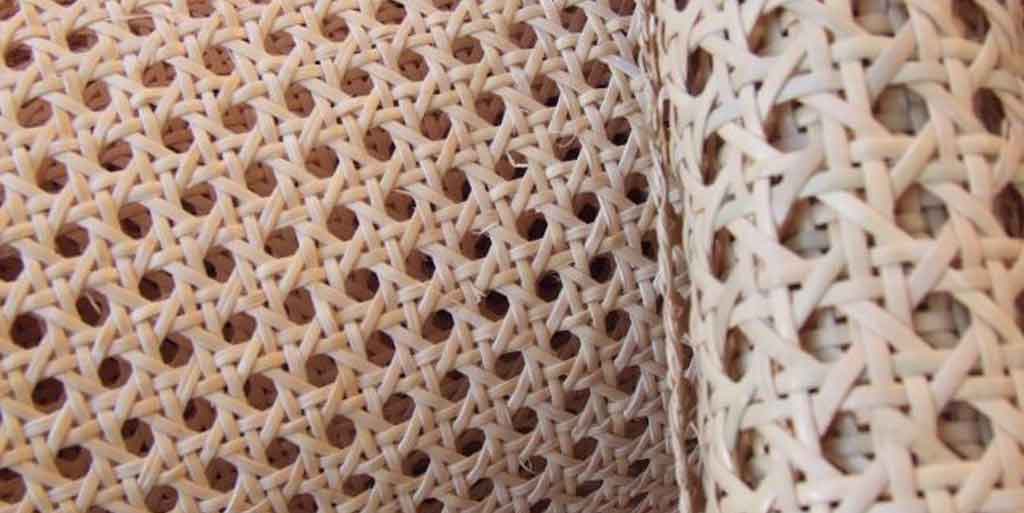
Cane comes from the rattan plant; it’s made by peeling off the skin of the rattan vine. It’s a natural raw material whose stems have special properties – mostly strength & flexibility – which make it perfect for chair seats and backs.
More recently synthetic fibers are used to replicate these natural materials in aesthetics, which allows furniture to be used for outdoor use.
Synonyms: Wicker
Use: Indoor
Lloyd Loom – Material
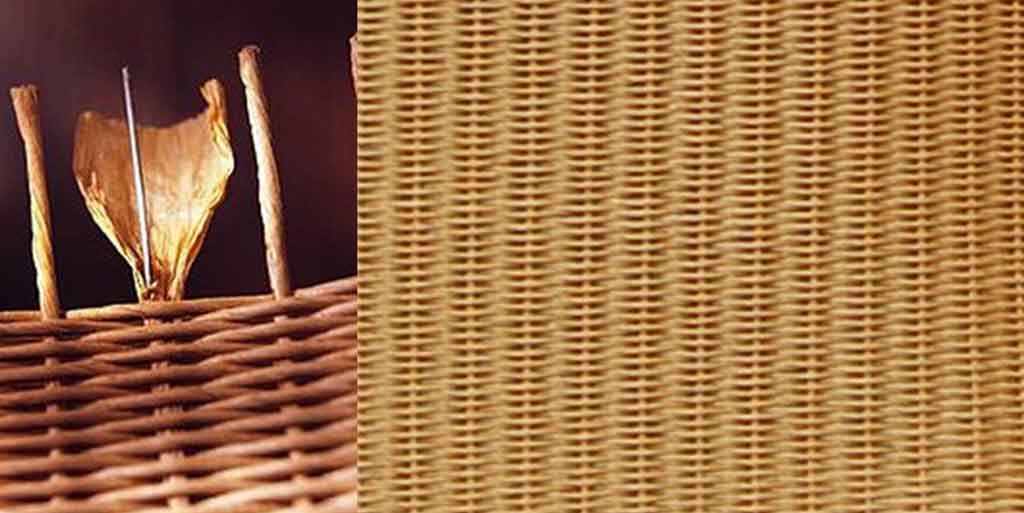
Lloyd Loom is a machine woven material consisting of tightly twisted kraft paper, reinforced by paper-wrapped vertical strands containing a steel wire core. The weave is woven in a continuous piece on the loom and is then cut and nailed onto a frame.
Synonyms: Wicker
Use: Indoor, outdoor if treated
Rattan – Material
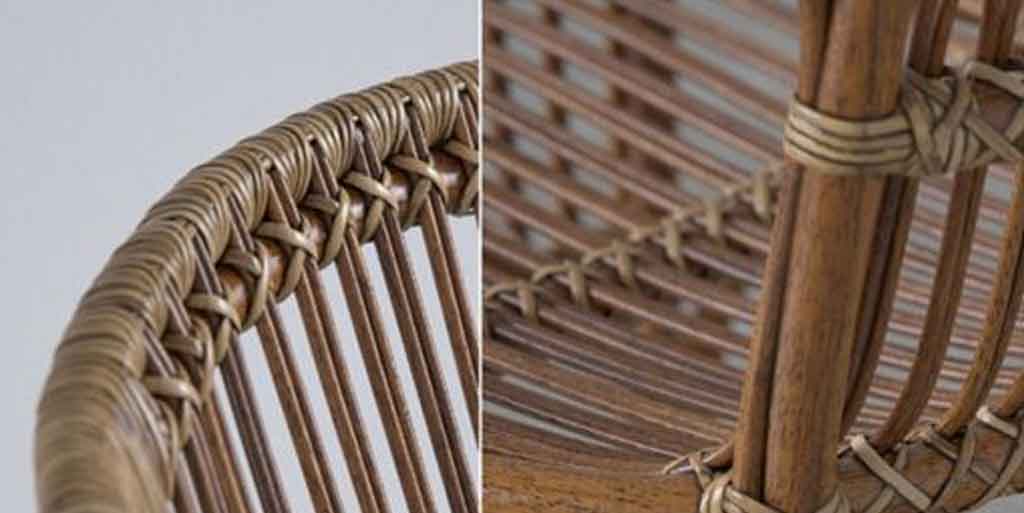
Rattan is a natural climbing plant that grows in the Indonesian rainforest and regenerates within 5-7 years, making it one of the fastest-growing materials for furniture. It has been known to grow up to a hundred meters long. Rattan is strong, lightweight, flexible, and durable.
More recently synthetic fibers are used to replicate these natural materials in aesthetics, which allows furniture to be used for outdoor use.
Synonyms: Wicker
Use: Indoor
Rope – Material

Furniture that is constructed from strands of natural or synthetic rope or cord.
Synonyms: Cord
Use: Indoor/outdoor (depends on product)
Rush – Material

The traditional rush pattern resembles an envelope in shape with four triangles meeting in the center of the seat. The pattern is created using a single continuous strand of material. There are many materials used to create a rush seat, traditionally Scirpus lacustris however, paper fiber rush can look extremely realistic, it is as hard wearing but less expensive than fresh rush.
Synonyms: Straw
Use: Indoor
Mesh – Physical Description

Mesh is a term for a material that has an interlacing structure using wire or thread (similar to a web or net). Plastic mesh backs are popular on task chairs because they’re comfortable, breathable and lightweight. The metal mesh makes for lighter outdoor furniture and allows wind to water to rain through.
Use: Indoor or outdoor (depends on product).
Webbed – Physical Description
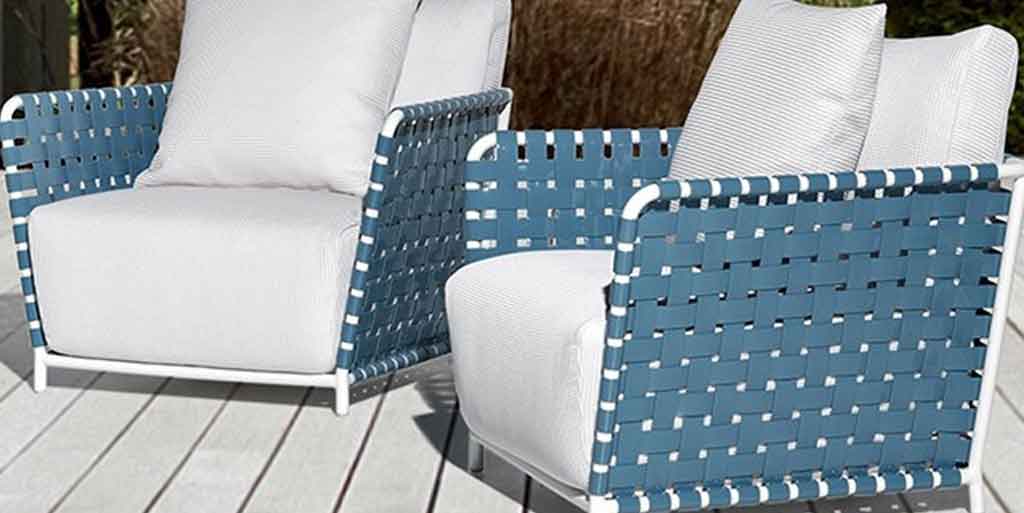
Webbing is historically used as a base for seating.
It consists of strong flat strips of material, typically elastic or leather, woven into each other to form a flexible and resilient form.
Use: Indoor or outdoor (depends on product)
Welcome to follow our Instagram, Tiktok.
Or contact us directly.
Want to read another article? Please click this: Outdoor Fabrics: Choosing one for your outdoor furniture


